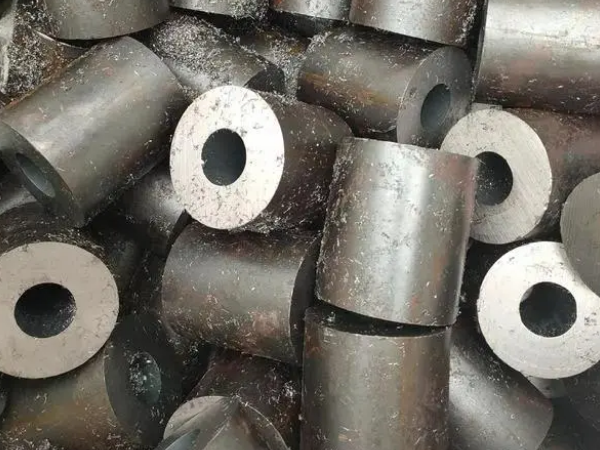During the heating and cooling process of
cold drawn seamless tube, due to the inconsistent cooling rate and time of the surface layer and the core, a temperature difference is formed, causing volume expansion and uneven shrinkage to generate stress, that is, thermal stress. Under the action of thermal stress, since the surface layer begins to be lower than the core layer, the shrinkage is also greater than that of the core layer, and the core layer is pulled.
After cooling is complete, the core is compressed due to the final cooling volume contraction of the drawn core. That is, under the action of thermal stress, the surface of the workpiece is finally pressed and the core is pulled out. Now this is affected by factors such as cooling rate, material composition and heat treatment process.

The faster the cooling rate, the higher the carbon content and material composition of the cold drawn seamless tube, the greater the uneven plastic deformation caused by thermal stress during the cooling process, and the greater the residual stress formed. On the other hand, during the heat treatment process, when the steel transforms from austenite to martensite, the increase in specific volume is accompanied by the expansion of the workpiece volume, and phase transformations occur successively in various parts of the workpiece, resulting in inconsistent volume growth and tissue formation stress.
The final result of the tissue stress change is the tensile stress of the surface layer and the compressive stress of the core, which is just opposite to the thermal stress. The magnitude of the structural stress is related to the cooling rate, shape and chemical composition of the cold-drawn seamless steel pipe in the martensitic transformation zone.
The heat-treated cold drawn seamless tube will have the following improvements:
1. Improve the strength, hardness, surface wear resistance and corrosion resistance of steel pipes.
2. Eliminate the internal stress generated by welding and prevent deformation.
3. Improve the internal organization and performance of
seamless tubes to meet technical requirements.


